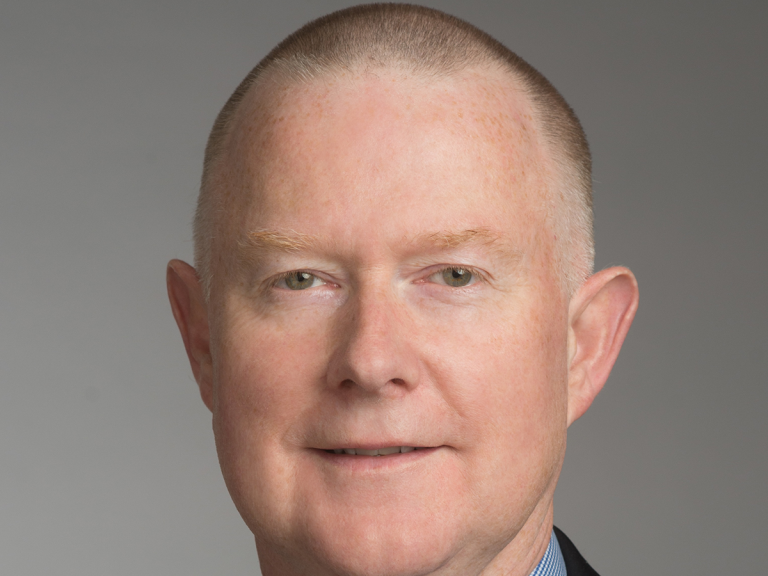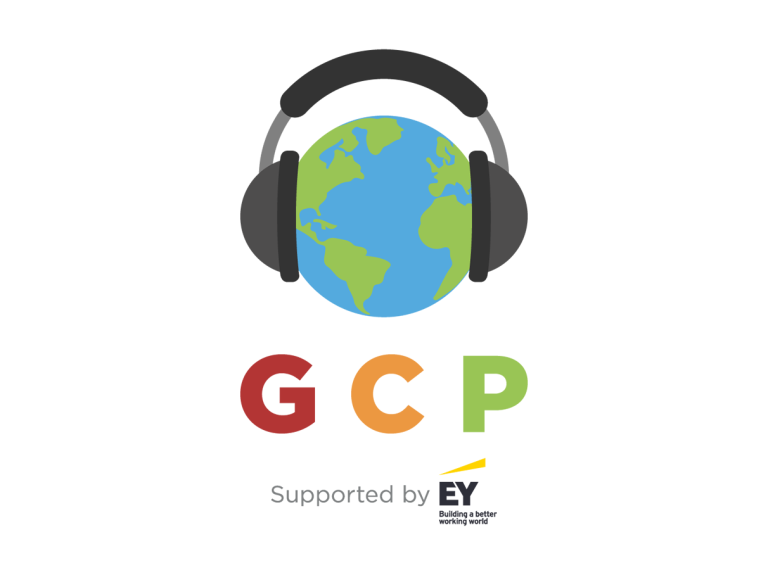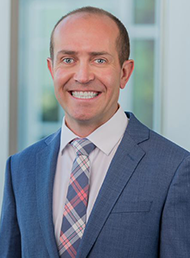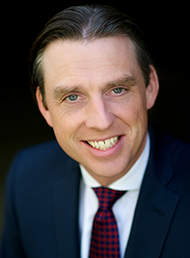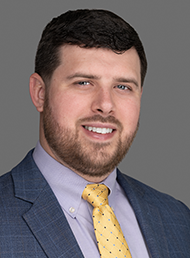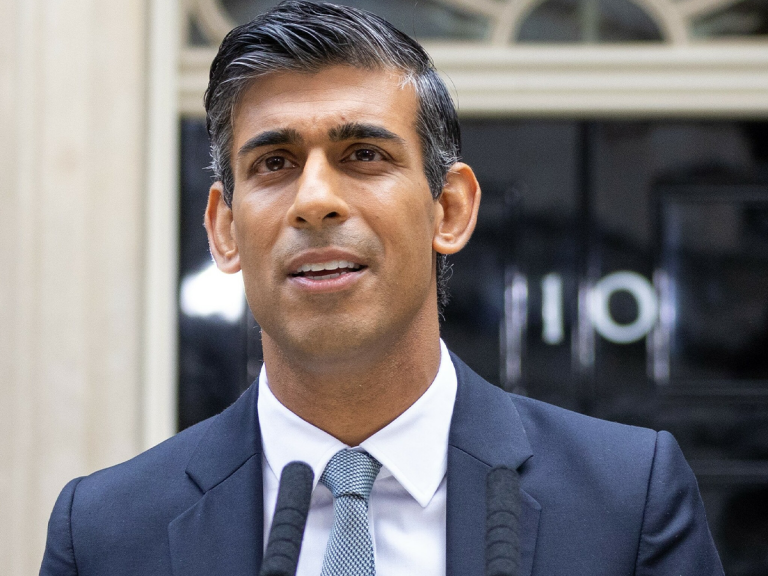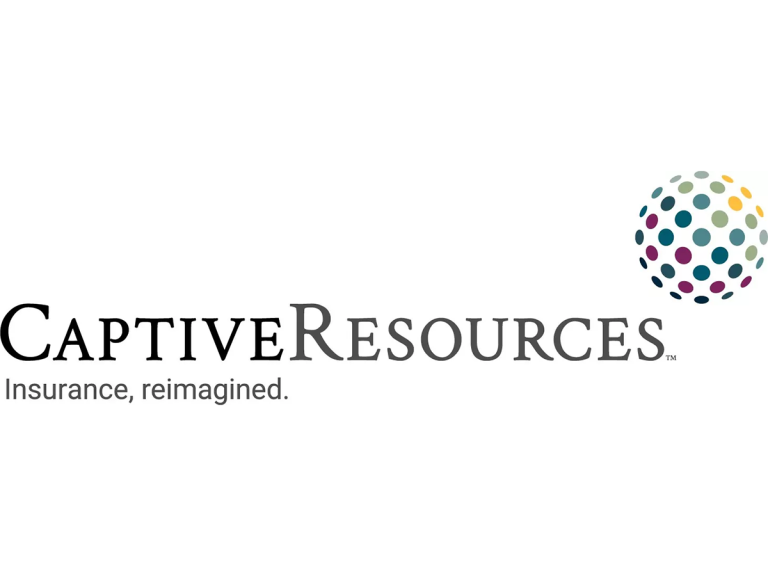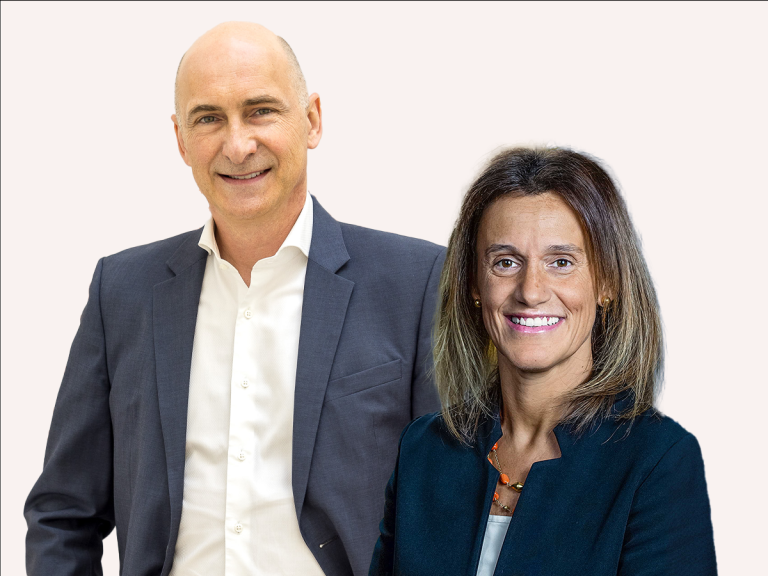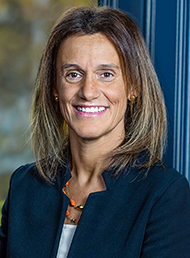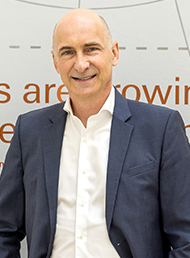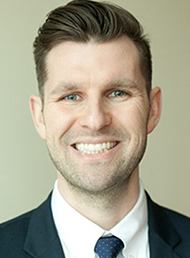AM Best has assigned a financial strength rating of B++ (Good) and a long-term issuer credit rating of “bbb” (Good) to South Carolina-domiciled Quasar Insurance Company. The outlook assigned for the ratings is stable.
Quansar is a single parent captive formed to provide liability insurance to its sister affiliate, DSLD Homes, and its other affiliated companies.
The captive offers nine different coverages, with general liability and subcontractor default consisting of approximately 80% of the business.
DSLD is a large, privately held home builder that specialises in residential construction throughout Louisiana, Southern Mississippi, Alabama, Florida and Texas.
The captive is managed by a third-party captive manager in collaboration with the senior management team.
Risk management of the captive falls under the scope of the parent, which has implemented an active risk management approach.
Management evaluates top risks and mitigates severity through active risk management.
Best practices include stringent construction processes, annual insurance reviews and bi-monthly, in-person senior management meetings to discuss current and emerging issues.
AM Best said the captive does not currently utilise reinsurance partially offsetting the positive factors above.
The ratings reflect Quasar’s balance sheet strength, which AM Best assesses as adequate, as well as its adequate operating performance, limited business profile and appropriate enterprise risk management.
Quasar’s overall balance sheet strength assessment is supported by its strong level of risk-adjusted capitalisation, as measured by AM Best’s capital adequacy ratio (BCAR), as well as a conservative investment portfolio and adequate reserves and liquidity.
This assessment is partially offset by no use of reinsurance to protect surplus in the event of natural catastrophes and the high limit offering relative to the captive’s surplus.
Quasar’s adequate operating performance is primarily based on audited results over the most recent five-year period, and the company’s ability to execute its strategic business plan and meet forecast operating results.
The captive has reported strong results in recent years, primarily driven by underwriting and investment income, supporting the company’s surplus growth.
The captive’s results are forecast to remain adequate over the next five years with projecting overall earnings in all years.

